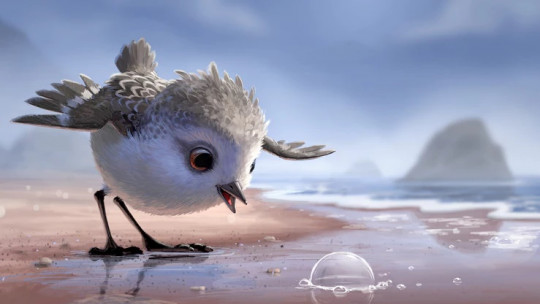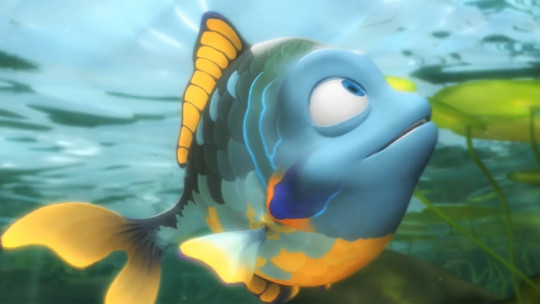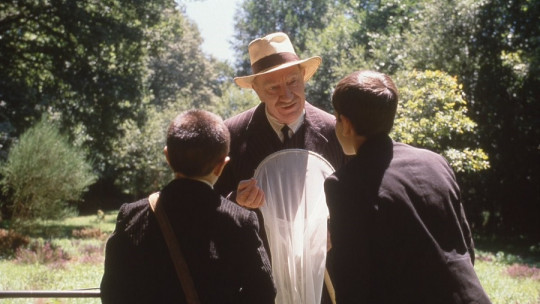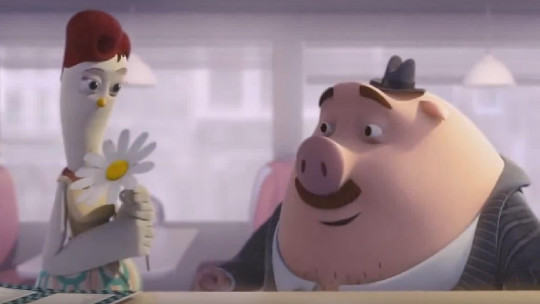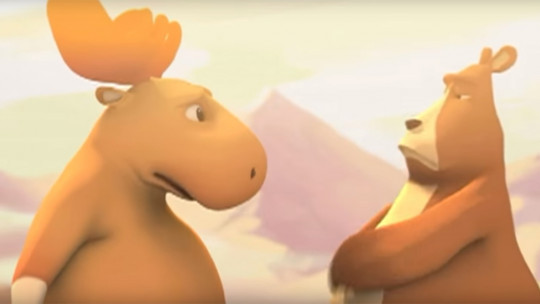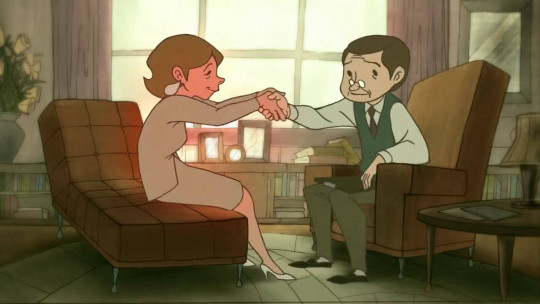Many media outlets reported on “Piper” in the summer of 2016, a story that illustrates the life of a baby sandpiper (a species of bird common in humid areas) that ventures out for the first time to look for food.
This work directed by Alan Barillaro has been considered by critics as one of the best Disney Pixar short films.
Today, The team of the Institute of Psychological and Psychiatric Assistance Mensalus presents the award-winning work and share with us an interesting reflection about this work.
A short film that teaches us to improve ourselves day by day
There are many innate abilities that are reflected in this story, aren’t they?
TRUE. According to Alan Barillaro, “This is a story about growing up with courage in a world that seems big and intimidating.”
The story exposes the courage necessary to overcome the fear that uncertainty awakens. This is something that is often repeated in our lives: not knowing makes us feel insecure. Of course, when faced with the unknown, we always have two options: show curiosity to experience it or fear it to avoid it.
The capacity for improvement tells us that, after living the experience, we gain something more precious (learning) than what we lose (“comfort”). In this way the goal makes sense. Likewise, fear warns us of what we must protect ourselves from. Well, this system is functional as long as it allows us to continue and does not hide us inside the nest.
The short is revealing since it manages to convey a range of emotions that we have all felt at some point in our lives.
That’s how it is. Specifically, the concept of “feeling small” is very well illustrated. The producer explains, “I love playing with something people know, like a beach, and giving a new perspective on how a bird that’s just four inches off the ground might feel.” A great success, without a doubt. This is exactly how, sometimes, we can feel when faced with unknown situations from which we predict hostility, difficulty and suffering.
It is exciting when the protagonist decides to immerse himself in the water and discovers, in addition to the richness of the seabed, the benefit generated by his ability to collect food. How can we understand this message?
The little bird, in addition to enjoying and feeling capable, connects with part of its identity associated with something that the rest of the birds of its species do.
This “doing like others” teaches him and reminds him who he is, forges the feeling of collective identity and, at the same time, reinforces the feeling of usefulness associated with the ability to get food and share it. All this “emotional pack” makes him an autonomous being.
At the beginning we see how the mother performs a very interesting function: accompanying the child without solving the problem.
Yes. This is another aspect that the short shows: the space necessary for growth. It is certainly not an easy position. Many parents can see their fears reflected in the idea: “If I leave him alone, will he learn?”
Piper’s mother knows that her son needs to understand that food will not come to the nest, but that the only way to survive is by going for it. In fact, she does not leave him alone, she accompanies him by example. The parents’ security in this sense will facilitate or hinder the child’s maturation process. “Letting fly” without ceasing to be is the great recipe. A recipe that is not magical and, as all parents know, it is not an easy task
“To all the parents who, day after day, carry out the work of teaching and loving unconditionally.”
Source of the short and the voice of the creator: www.usatoday.com

